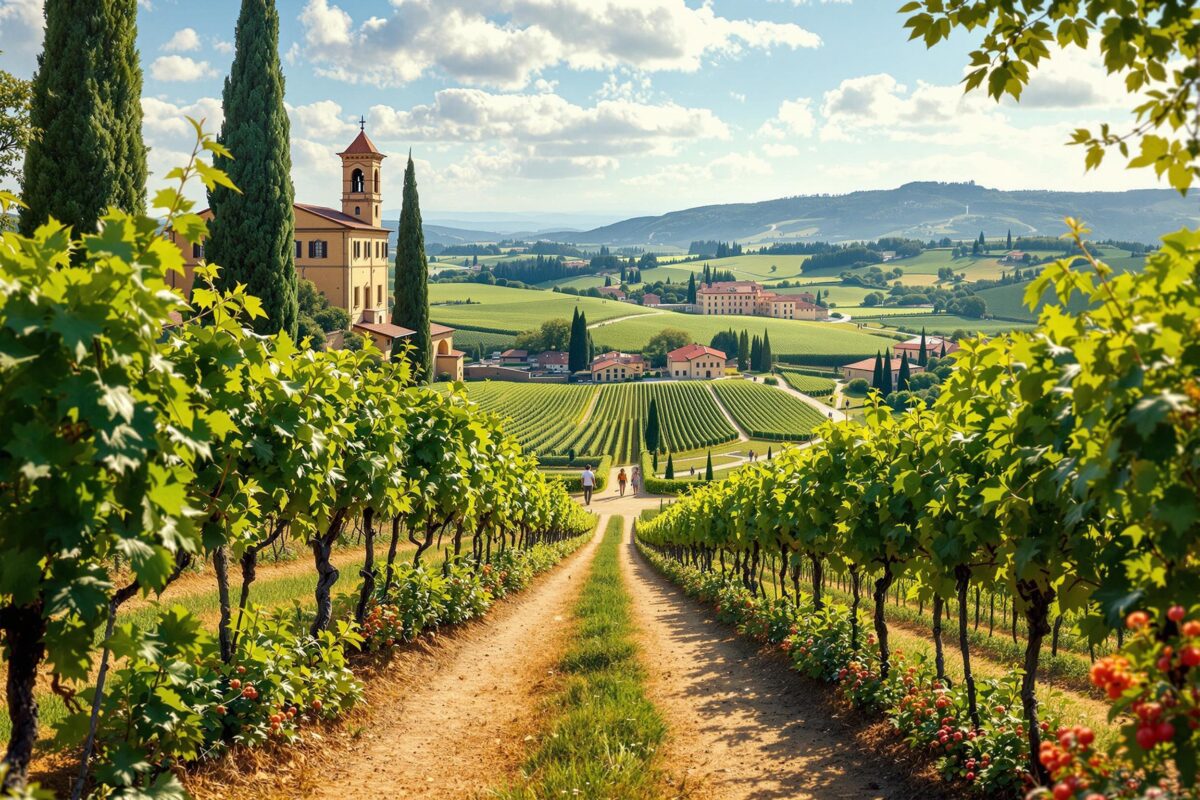The Rise of DTC Wine Sales: A Transformative Shift
The wine industry is experiencing a revolution, driven by evolving consumer preferences, technological advancements, and the explosive growth of direct-to-consumer (DTC) sales. Once a supplementary sales channel, DTC has become essential for wineries seeking sustainable growth and deeper consumer engagement. This transformation is particularly evident in Europe, where wineries are embracing online platforms and innovative marketing strategies to redefine traditional distribution models. The COVID-19 pandemic further accelerated this trend, prompting wineries worldwide to prioritize DTC channels.
Key Trends Driving DTC Wine Sales
Several factors contribute to the rise of DTC wine sales. Modern consumers are digitally savvy, relying on online resources for research and purchases. This necessitates a strong online presence for wineries, extending beyond the traditional brick-and-mortar model. European wineries are adapting by investing in e-commerce platforms and targeted digital marketing campaigns.
Sustainability and wellness are also shaping consumer choices. Demand for organic, biodynamic, and sustainably produced wines is on the rise, reflecting broader societal values. Wineries must adopt and effectively communicate these practices through their DTC channels. The projected growth of the organic wine market underscores the economic significance of this trend.
Wine tourism presents another valuable opportunity to boost DTC sales. Vineyard visits foster direct connections with consumers, enhancing brand loyalty and driving immediate sales. European wineries, rich in history and scenic landscapes, are uniquely positioned to leverage this advantage by seamlessly integrating online and offline experiences.
European Wineries Leading the DTC Charge
European wineries are at the forefront of DTC innovation. Family-run vineyards in Tuscany have established sophisticated online platforms, offering virtual tasting experiences and personalized subscription services. Champagne houses in France utilize digital storytelling and exclusive online offers to engage consumers directly. These success stories highlight the importance of user-friendly websites, strategic social media engagement, and exceptional customer service.
DTC sales offer solutions to the challenges of traditional distribution, such as margin erosion and limited brand control. By bypassing intermediaries, wineries gain greater autonomy and profitability, retaining more revenue and gaining valuable consumer insights.
The pandemic’s impact on DTC adoption is undeniable. Lockdowns forced wineries to embrace online sales and direct shipping. While the overall DTC wine market experienced a slight dip after the initial pandemic surge, premium wines maintained growth, demonstrating the enduring consumer preference for high-value direct purchases.
Cutting-Edge Tools Reshaping the Market
Augmented reality (AR) is transforming wine marketing, offering immersive experiences and enhanced brand storytelling. E-commerce platforms and online marketplaces streamline direct sales, providing features like age verification and compliant shipping. Data analytics empowers wineries to personalize marketing efforts and optimize DTC strategies.
The Future of Wine Branding
The future of wine branding lies in the intersection of AR and compelling storytelling. European wineries can leverage AR to showcase their heritage and create interactive experiences. Sustainable branding and transparency are also paramount, building consumer trust and strengthening brand reputation.
Expert Advice for Engaging Modern Consumers
Building a robust online presence is crucial for DTC success. Wineries need user-friendly websites, engaging social media content, and effective SEO strategies. Personalized experiences and loyalty programs foster deeper consumer engagement. Wine tourism offers valuable opportunities for direct interaction and lasting connections.
The rise of DTC sales is reshaping the wine industry. Wineries that embrace digital platforms, leverage innovative tools like AR, and prioritize sustainability will thrive in this evolving landscape. As the market continues to transform, DTC will remain a driving force, shaping the future of wine marketing and distribution globally.
